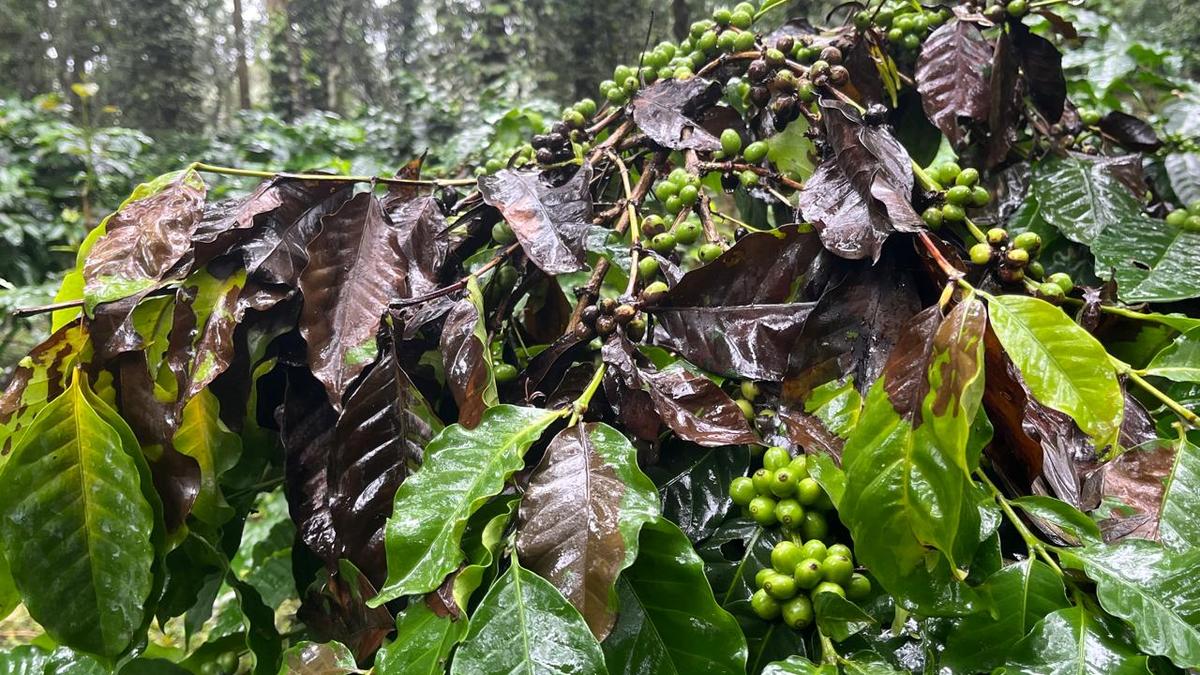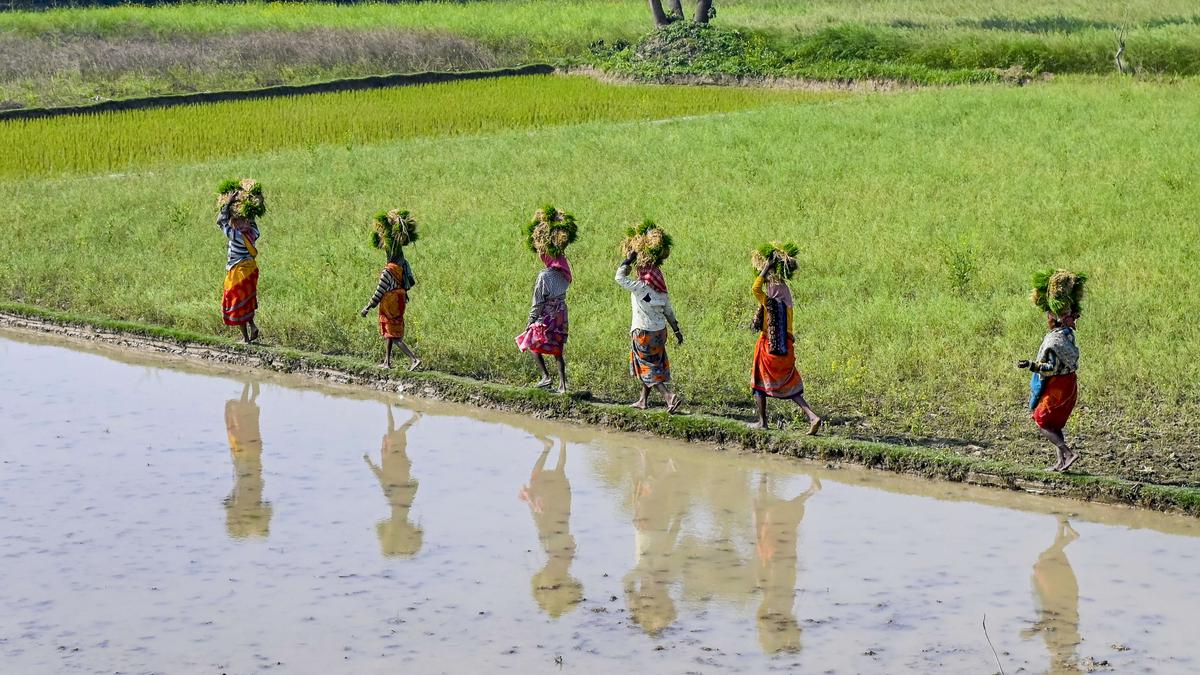India’s coffee heartland, comprising Chikmagaluru, Coorg and Hassan districts of Karnataka, has been pounded by incessant rains, besides extreme cold weather and lack of sunlight in the past more than three months, resulting in heavy damage to coffee plantations and an estimated production loss of up to 30%, according to the Karnataka Planters Association (KPA).
KPA represents thousands of coffee farmers and planters in the region who cumulatively account for over 70% of the country’s total coffee production.
Arvind Rao, Chairman, Karnataka Planters’ Association (KPA) said the unrelenting rains have wreaked havoc for coffee growers in the coffee heartland of the country. “Coffee berry droppings and black rot disease [fungal] have become uncontrollable due to heavy rainfall. Growers are unable to spray fungicide to control the disease due to non-stop rains for months. In this scenario, we are expecting crop loss in the range of 20-30%.”
Early and excessive monsoon has hit the plantations when the blossom fruit setting itself was much below expectations this year in most coffee-growing areas, due to long-stayed summer showers during April and May, Mr. Rao explained.
Sahadev Balakrishna, Coffee Committee Chairman, United Planters’ Association of South India (UPASI), said, continuous rain for over the last three months has drastically affected plantations. “The growers were unable to take up timely plant protection measures. So the incidence of black rot, leaf rot, fruit rot, berry drop and stalk rot has increased. We expect a drop in crop as both Arabica and Robusta have been affected. The net impact will be known after a few weeks,’‘ he added.
B. Shivakumaraswamy, Joint Director, Coffee Board confirmed that this year premature berry drop was higher than usual due to continuous rains. “In high rainfall areas, the berry drop is more and it is to the tune of 20%. This may lead to decline in production as against the pre-monsoon estimate of Coffee Board,” he cautioned.
As per Coffee Board’s post-blossom estimate for 2025-26, the country was likely to produce 4,03,000 metric tonnes of coffee, comprising 1,18,125 (MT) of arabica and 2,84,875 (MT).
According to Shirish Vijayendra, former chairman of the KPA and planter from Chikmagaluru, it has been raining from May 19 throughout August and it is still continuing and likely to continue till the end of September. “Normally, the monsoon starts in the first week of June. Constant rain without sunlight has not only significantly dimmed the prospects of coffee but also pepper wines are showing signs of black rot and crop loss,’” Mr. Vijayendra explained.
The coffee region has already received 20% excess rain as compared to annual average, and more rains are forecast throughout September, said Bose Mandanna, Member Coffee Board and owner of Subramanya Estate in Suntikoppa, North Coorg. The rains which started at the end of April have not yet let up even now in most coffee areas. This has prevented farmers from getting their usual work done: manuring, spraying and handling, he said.
“Some areas have received upto 100 inches and up to 200 inches [Bagamandala in Coorg] of rain instead of the usual 60 inches maximum. All these have also resulted in very poor setting of the pepper catkins [soft flowers],’‘ lamented Mr. Mandanna.
Vinod Poovaiah Mandepanda, who owns a 10-acre coffee farm in South Coorg said the excessive rain has been quite unnerving for the entire coffee producing community. “Water logging was a main issue and I had to create trenches to let rain water flow out. Our area had faced a 60% crop losses last year and this year a lot cherries have been dropping, we don’t yet know much would be the impact,” added Mr. Mandepanda.
A woman planter, Neleema Rana George, Head, Coffee Works & Technology at Kelachandra Coffee, a firm that grows Arabica and Robusta under over 6,300 acres across 15 estates in Chikmagalur and Wayanad, said, “The recent spell of heavy rains has certainly tested the sector,’ She, however, said Kelachandra’s scientific approach, people-first practices, and commitment as a Rainforest Alliance Certified plantation have been ensuring minimal disruption across its estates during monsoon.
“Through scientific estate management and sustainable agriculture we have strengthened drainage and soil protection systems that protect against erosion while enhancing long-term soil fertility,’” Ms. George added.
Published – September 03, 2025 09:10 pm IST


